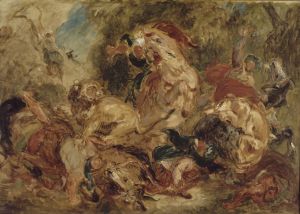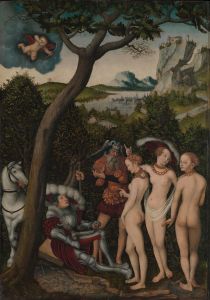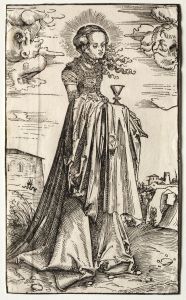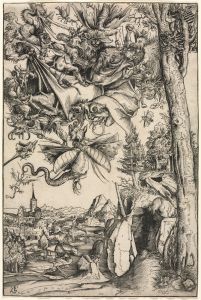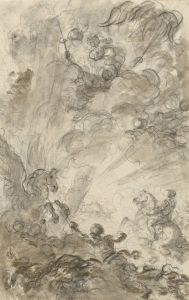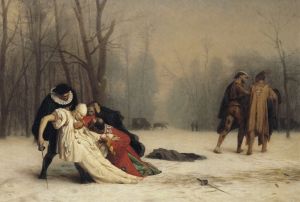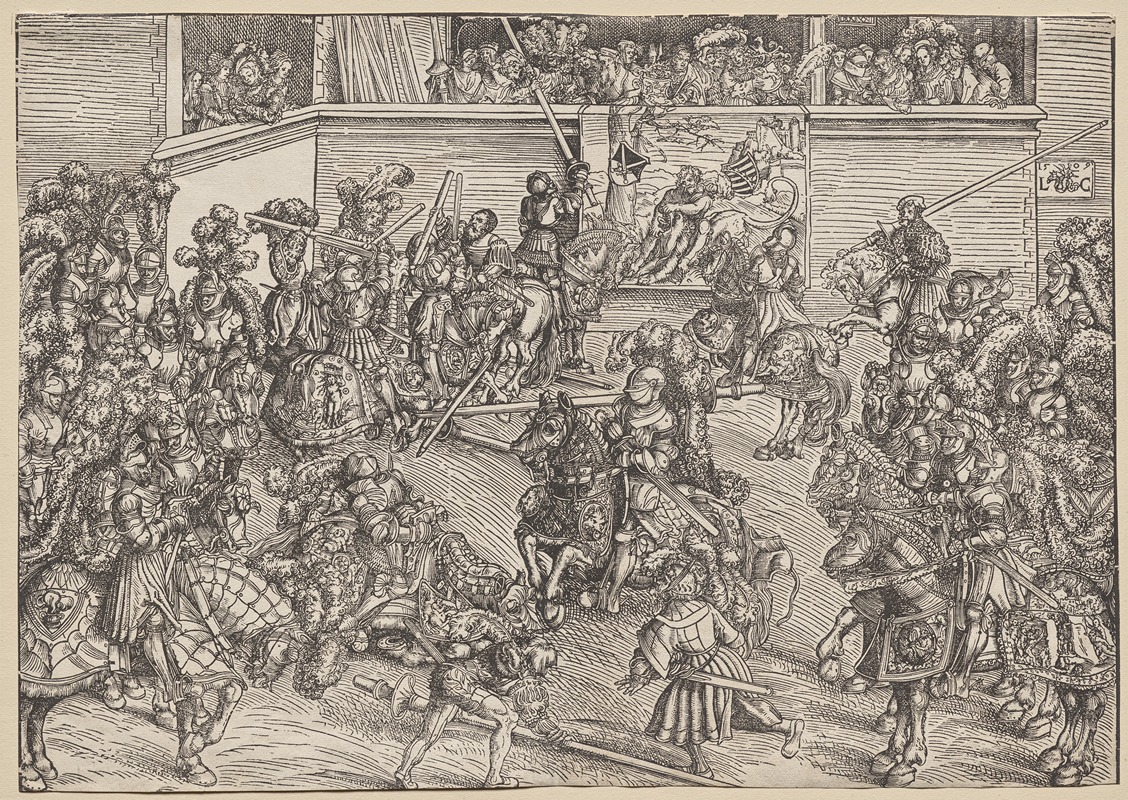
The Tournament with Sampson and the Lion
A hand-painted replica of Lucas Cranach the Elder’s masterpiece The Tournament with Sampson and the Lion, meticulously crafted by professional artists to capture the true essence of the original. Each piece is created with museum-quality canvas and rare mineral pigments, carefully painted by experienced artists with delicate brushstrokes and rich, layered colors to perfectly recreate the texture of the original artwork. Unlike machine-printed reproductions, this hand-painted version brings the painting to life, infused with the artist’s emotions and skill in every stroke. Whether for personal collection or home decoration, it instantly elevates the artistic atmosphere of any space.
Lucas Cranach the Elder, a prominent German Renaissance painter, is known for his distinctive style and contributions to the Northern Renaissance. One of his notable works is "The Tournament with Sampson and the Lion," which exemplifies his skill in combining religious themes with the cultural and social elements of his time.
"The Tournament with Sampson and the Lion" is an oil painting that showcases Cranach's ability to blend biblical narratives with contemporary settings. The painting depicts the biblical story of Samson, a figure from the Old Testament known for his extraordinary strength, which he famously used to slay a lion with his bare hands. This narrative is a popular subject in art, symbolizing strength, bravery, and divine favor.
In Cranach's rendition, the scene is set against the backdrop of a medieval tournament, a common social event during the Renaissance that involved knights competing in various martial games. This juxtaposition of a biblical hero with a chivalric setting reflects the Renaissance interest in merging classical and contemporary themes, as well as the period's fascination with the ideals of knighthood and courtly life.
Cranach's painting is characterized by its detailed composition and vibrant colors, typical of his work. The figures are elegantly dressed in the attire of the time, and the setting is meticulously rendered, providing a glimpse into the cultural milieu of the 16th century. The artist's use of color and form not only highlights the dramatic tension of the scene but also emphasizes the moral and allegorical aspects of the story.
Lucas Cranach the Elder was a court painter for the Electors of Saxony, and his works often reflect the tastes and interests of his patrons. His ability to infuse traditional religious subjects with contemporary elements made his art appealing to the nobility and the emerging bourgeois class. "The Tournament with Sampson and the Lion" is a testament to Cranach's skill in navigating the artistic and cultural currents of his time, creating works that were both visually engaging and intellectually stimulating.
The painting also demonstrates Cranach's mastery of the human form and his keen attention to detail. His figures are rendered with a sense of movement and vitality, capturing the dynamism of the tournament and the raw power of Samson's encounter with the lion. This attention to detail extends to the landscape and architectural elements in the background, which are depicted with a precision that enhances the overall realism of the scene.
While specific details about the commission or the exact date of creation for "The Tournament with Sampson and the Lion" are not well-documented, the painting remains an important example of Cranach's work and his contribution to Renaissance art. It reflects the broader themes of the period, including the interplay between religious and secular life, the celebration of human achievement, and the exploration of classical and biblical motifs.
In summary, "The Tournament with Sampson and the Lion" by Lucas Cranach the Elder is a significant work that encapsulates the artistic and cultural dynamics of the Northern Renaissance. Through his innovative approach to composition and narrative, Cranach created a painting that resonates with the values and interests of his contemporaries while continuing to captivate modern audiences with its historical and artistic significance.






